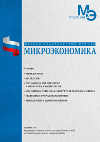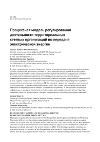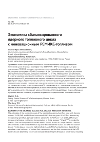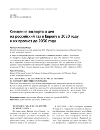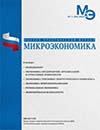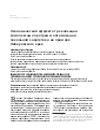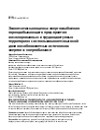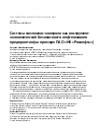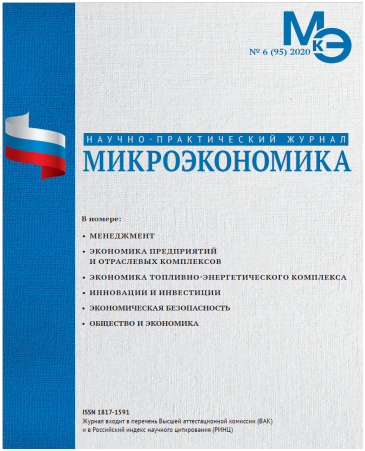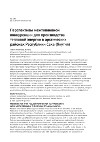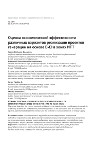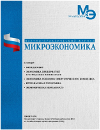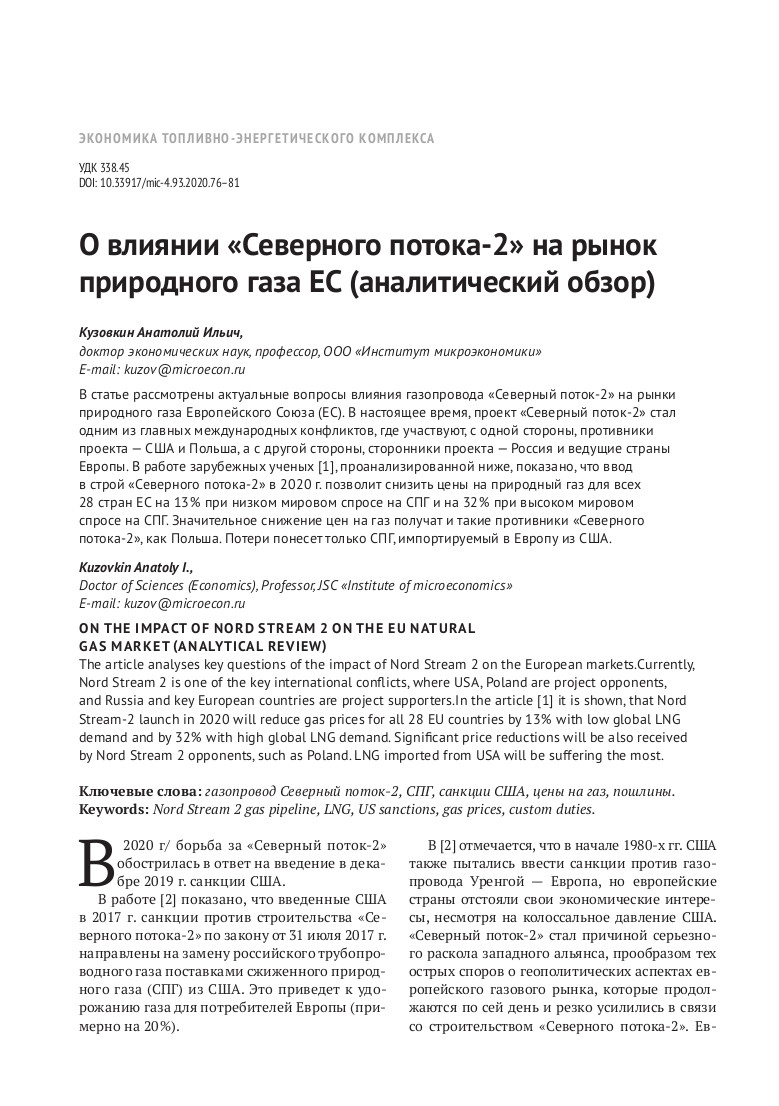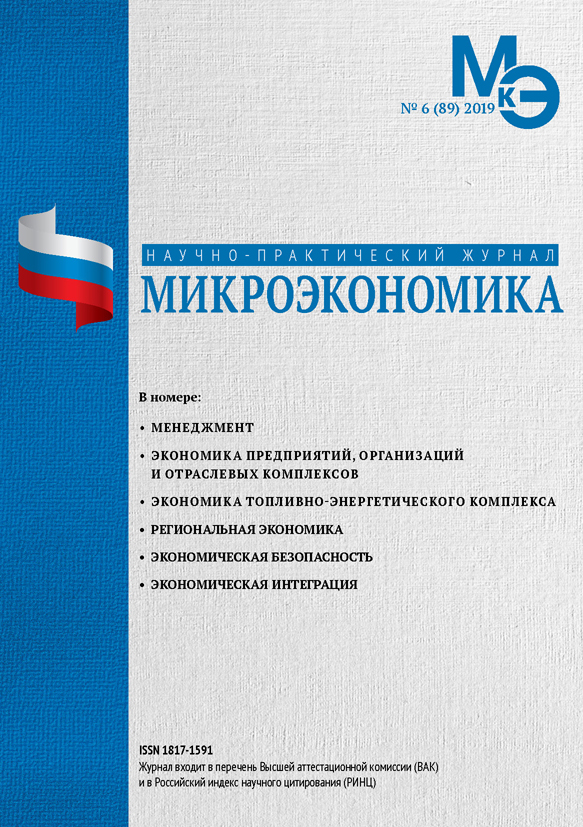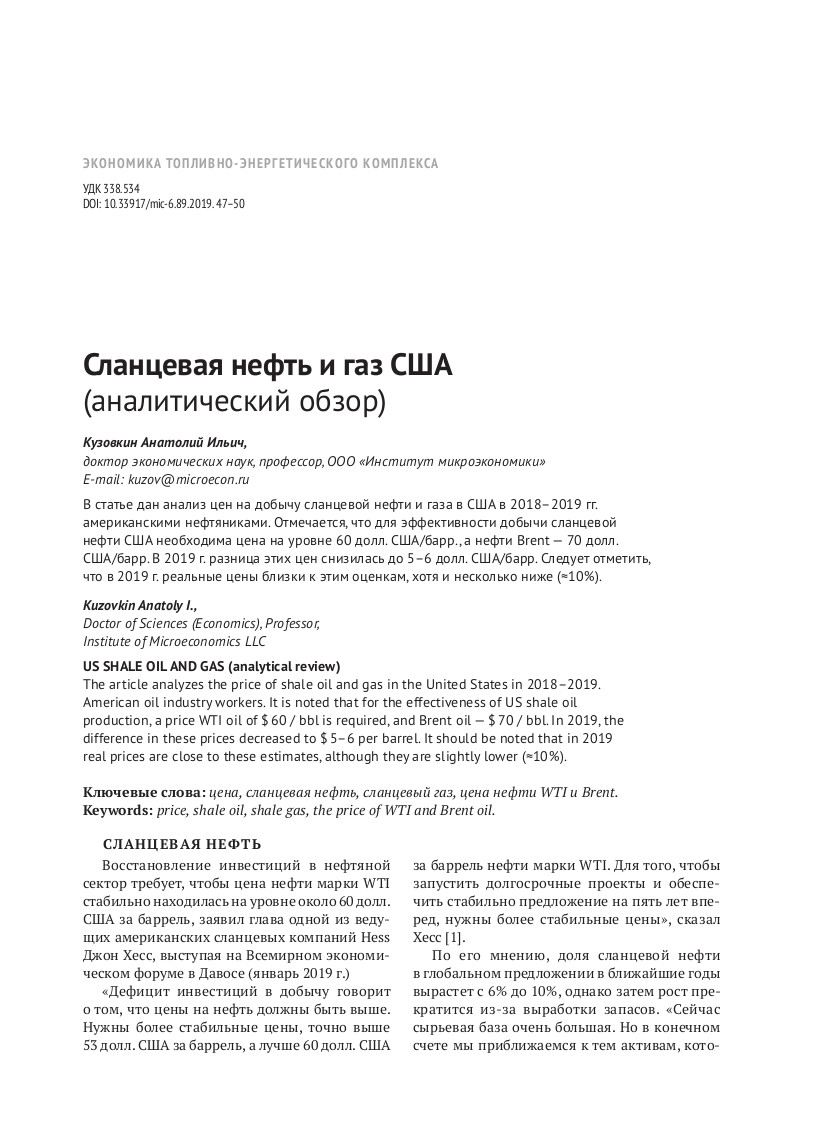Business process model of regulating electric power distribution tariff-setting
DOI: 10.33917/mic-2.97.2021.64-74
The paper proposes a business process model of regulating electric power distribution tariff-setting. The model differs from the existing today model in that the regulatory decision-making process is carried out straight from the top down without intersection of information flows. At first key regulation indicators are set at macroeconomic level. These indicators support the achievement of Sustainable Development Goals adopted by the United Nations in 2015. Then the key regulation indicators are distributed among the subjects of the Russian Federation based on empirical dependencies. At the lowest level the actual performance indicators received from independent automated state information systems are compared with the key regulation indicators. Such a model has got a clear structure, allows to increase the objectivity and reduce the resource intensity of regulatory decision-making.


